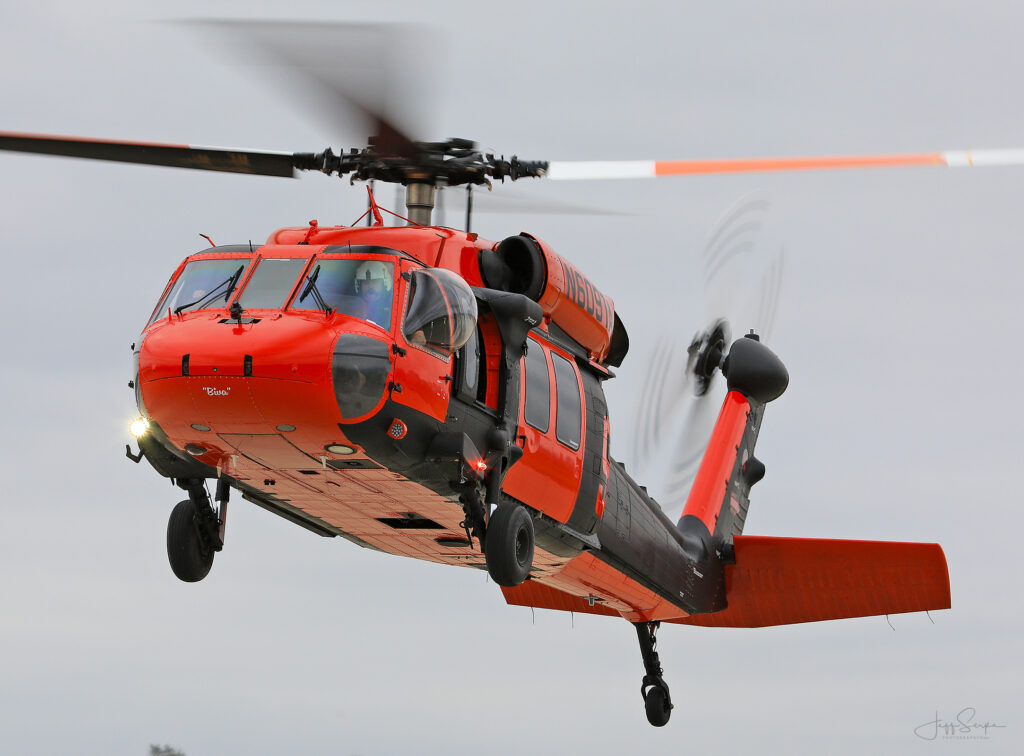Exploring the UH 60: A Look at Its Design, History, and Role in the Armed Forces
Exploring the UH 60: A Look at Its Design, History, and Role in the Armed Forces
Blog Article
The UH 60: A Versatile Airplane for Armed Force and Private Citizen Use
The UH-60 helicopter, with its beginnings dating back to the late 1970s, has advanced into a crucial asset for both military and civilian sectors. Recognizing the complete scope of the UH-60's impact may reveal understandings into its prospective trajectory and importance in an increasingly complicated functional environment.
Historic Review of the UH-60

Originally, the UH-60 was deployed to support army transport, medical emptying, and logistical operations. Its intro marked a substantial development in helicopter modern technology, including modern avionics and survivability attributes. The Black Hawk's ability to run in difficult settings, consisting of adverse climate condition and battle areas, solidified its credibility as a dependable workhorse.
Throughout the years, the UH-60 has undergone countless upgrades and versions, adapting to the advancing needs of army operations. Its tradition consists of participation in essential disputes, showcasing its adaptability and efficiency in numerous situations. The Black Hawk remains a cornerstone of army aeronautics, showing the withstanding value of advancement in airborne transport and support.
Military Missions and applications
Frequently released in varied functional contexts, the UH-60 Black Hawk helicopter serves a wide variety of armed forces applications that are critical to mission success - uh 60. This flexible airplane is mostly utilized for army transportation, making it possible for fast motion of soldiers to and from battle zone. Its capacity enables the transport of up to 11 fully geared up soldiers, making it a vital property for ground forces
The UH-60 is also important to clinical evacuation missions, supplying speedy assistance for hurt personnel under fire. Equipped with innovative medical centers, it can transfer casualties while making certain continual clinical treatment. Additionally, the helicopter's energy reaches reconnaissance and surveillance missions, where it collects vital knowledge and enhances situational awareness for leaders.
On top of that, the Black Hawk is often used for logistical assistance and supply missions, supplying important devices and arrangements to troops in remote areas. Its versatility is further demonstrated with its capacity to operate in varied atmospheres, from metropolitan settings to tough terrains. On the whole, the UH-60 Black Hawk continues to be a keystone of contemporary military procedures, embodying convenience, integrity, and effectiveness in meeting goal goals.
Civilian Uses and Adjustments
Beyond army applications, the UH-60 Black Hawk helicopter has actually located a series of noncombatant usages and adaptations that display its adaptability. Initially designed for army transport and logistical assistance, this airplane has been successfully adapted for various private roles, consisting of emergency situation medical services (EMS), firefighting, and search and rescue procedures.
In emergency situation clinical solutions, the UH-60 can swiftly transport people to link medical facilities, equipped with advanced medical equipment and workers. Its speed and maneuverability allow quick reaction in important circumstances, which is crucial in conserving lives. The helicopter's huge cabin enables for clinical teams to operate successfully during flights.
In firefighting, the UH-60 has actually been modified to bring water or fire retardant, making it an effective device in combating wildfires. Its capability to float and maneuver in difficult terrains uses significant benefits over conventional ground-based firefighting methods.

Technological Developments
How has the evolution of technology affected the abilities of the UH-60 Black Hawk helicopter? The UH-60 has actually undergone substantial improvements considering that its beginning, substantially improving its operational efficiency.

Furthermore, the unification of composite products in the airframe has actually minimized weight while maintaining architectural honesty, adding to increased haul capability look what i found and fuel efficiency. The helicopter's rotor system has actually also profited from technical innovations, such as noise reduction modern technologies and improved wind resistant design, which boost both performance and stealth capabilities.
Moreover, the UH-60's adaptability to numerous objective profiles is enhanced by modular systems, enabling fast reconfiguration for functions varying from medevac to troop transportation. uh 60. The introduction of advanced communication systems ensures real-time data sharing and sychronisation throughout objectives, which is crucial in modern battle circumstances. Collectively, these technological advancements have transformed the UH-60 into a awesome and flexible possession in both military and noncombatant applications
Future Leads and Developments

In addition, recurring research into different energy sources, such as hybrid-electric propulsion, offers an opportunity for raised gas effectiveness and lowered ecological effect. This lines up with both noncombatant and military goals for sustainability. The UH-60's versatility to numerous roles, from medical emptying to look and rescue, guarantees its continued significance in varied functional contexts.
In addition, collaborations with defense professionals are cultivating technologies in weapons and sensing unit innovation, allowing the Black Hawk to successfully counter modern-day threats. As the military landscape develops, the image source UH-60's design will likely welcome modularity, enabling quick reconfiguration based on objective requirements. Generally, the future of the UH-60 is intense, identified by enhanced efficiency, flexibility, and an undeviating dedication to satisfy the obstacles of contemporary warfare and humanitarian initiatives.
Verdict
The UH-60 helicopter exhibits flexibility via its twin function in civilian and army operations. As continuous technologies proceed to enhance its capabilities, the UH-60 remains a crucial property across different operational settings.
The UH-60 Black Hawk helicopter, a pivotal property in contemporary army air travel, was initially introduced in the late 1970s as component of the United state Army's mission for a dependable and versatile utility helicopter.Frequently released in diverse operational contexts, the UH-60 Black Hawk helicopter offers a plethora of armed forces applications that are essential to goal success. In general, the UH-60 Black Hawk remains a keystone of modern-day military procedures, personifying flexibility, reliability, and performance in meeting objective purposes.
As the army landscape evolves, the UH-60's design will likely embrace modularity, enabling for quick reconfiguration based on goal requirements.The UH-60 helicopter exemplifies adaptability via its dual duty in army and noncombatant procedures.
Report this page